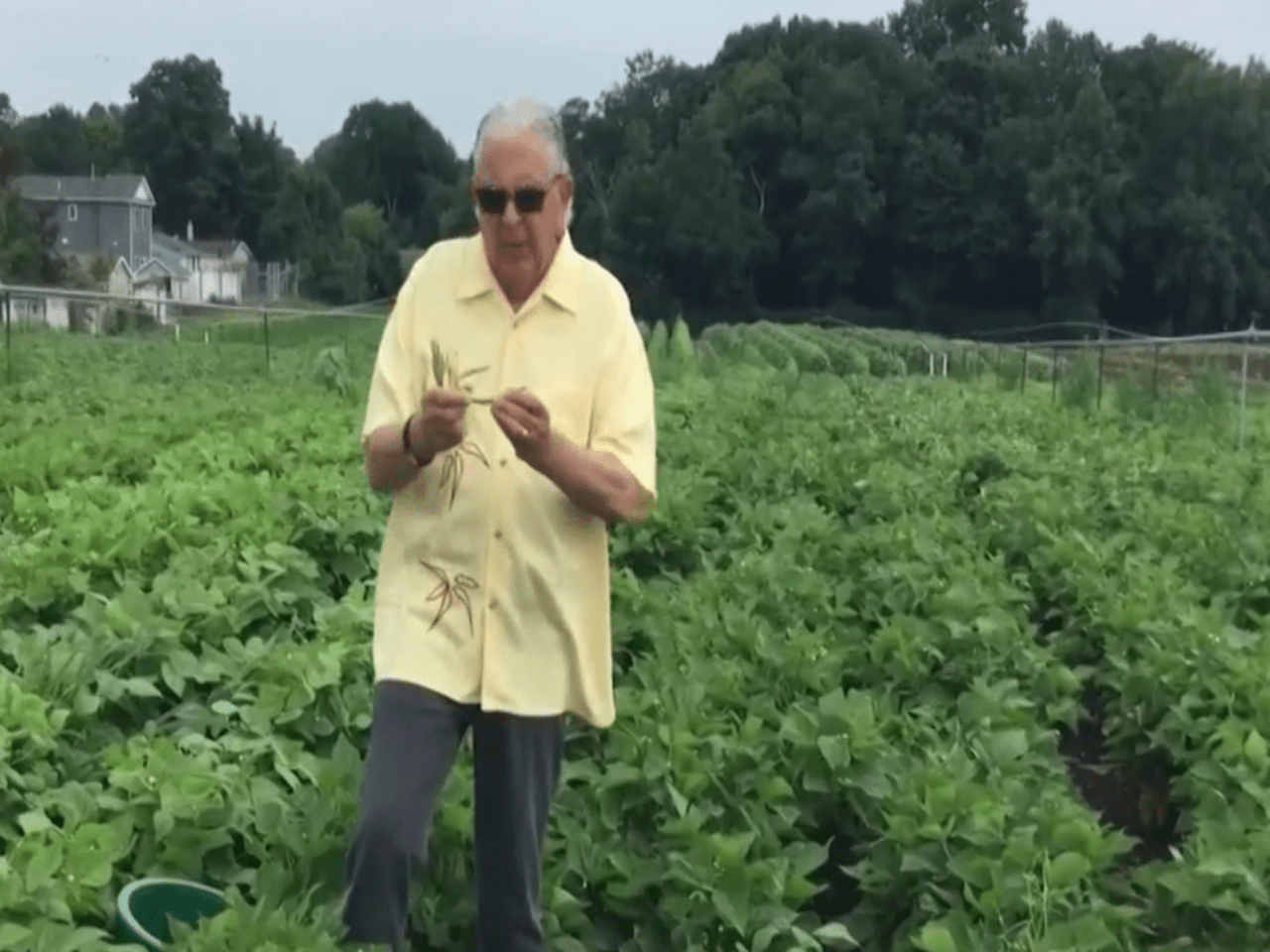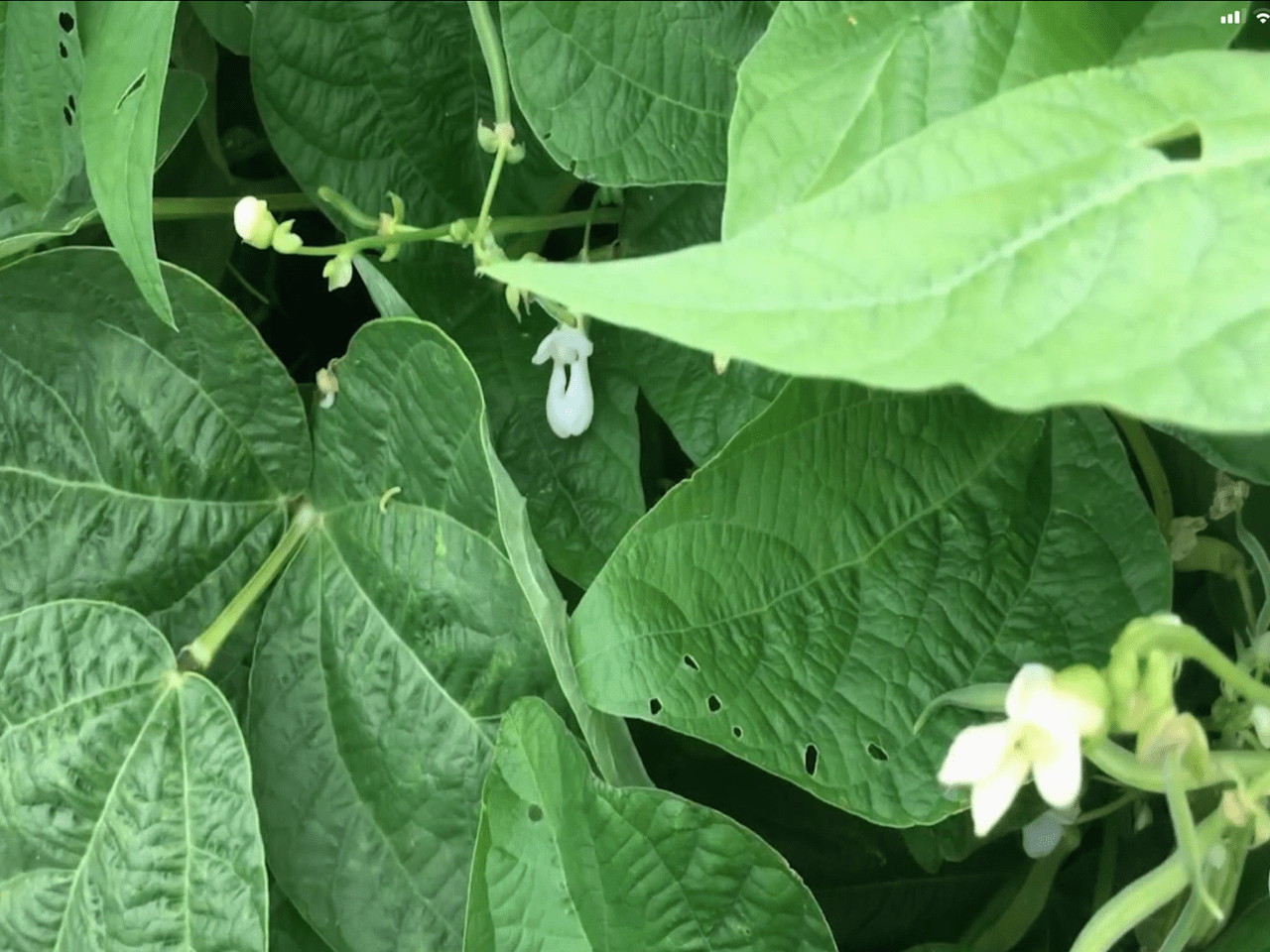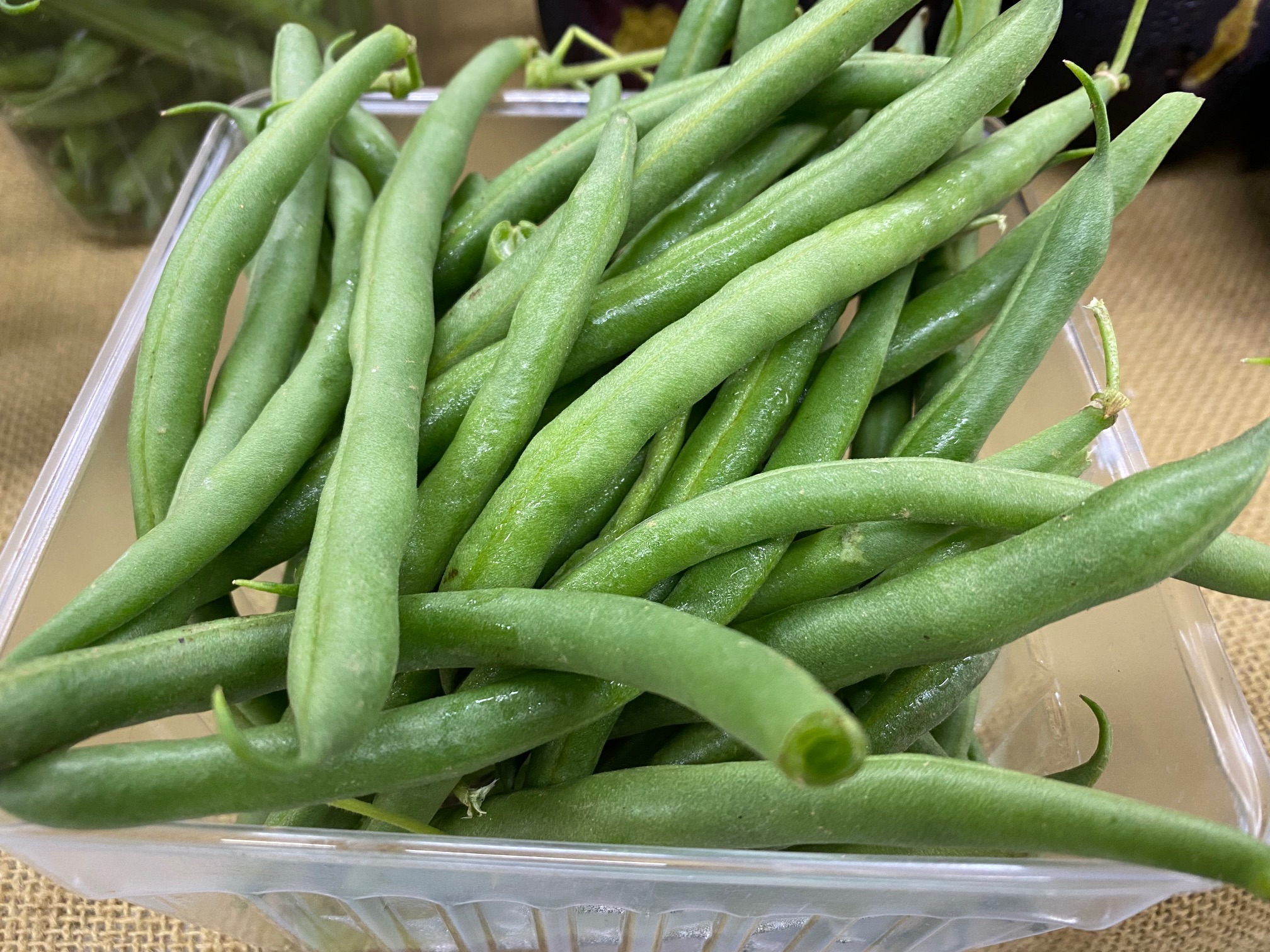
Growing up poor in the 1950s and putting in long hours at our family business, Napolitano’s Produce in Bergenfield, we typically ate what was in season and on our truck. My mother, Louise, became a master at stretching things a long way and her delicious dishes—made with simple, fresh and local ingredients—truly cemented in me a lifelong love of fruit and vegetables. This is especially true of locally grown string beans, which are plentiful in late summer and bring a sweet, crunchy and nutritious dimension to the table every time.
THE BACKSTORY ON LOCALLY GROWN STRING BEANS
String beans are so named because years ago they had a “string”—a tough fiber that ran from one tip to the other. While that string has since been bred out of most varieties you’ll see on the market, the name has stuck. Although there are several varieties, they’re generally divided into two categories—bush beans, which have a rounded pod and pole beans, which are usually large and relatively flat. One of the best of the flat pole beans is the ‘Kentucky Wonder’—a bright green, fairly broad bean that grows 6–8 inches in length. When they’re fresh, young and velvety, Kentucky Wonders have a sweet taste and an excellent, crisp texture.

Produce Pete explains how string beans are grown during a recent field segment filmed at Farms View in Wayne for NBC Weekend Today in New York. Courtesy of Pete Napolitano/NBC
There’s a definite difference between hand-picked and machine-picked beans, and one of the virtues of pole beans is that they’re usually picked by hand. Machine-picked beans are typically a less tender variety because they have to be pretty tough to survive machine picking. Machines also pick everything off in the row, while farm workers are a bit more selective. Although hand-picked beans are more expensive than others, they may be a better buy in the long run because there’s less waste.
Hats off to local farmers too, because fresh string beans grow on low plants spaced close together, which requires workers to bend over all day and meticulously pick beans into a basket kept nearby. It’s hard manual labor and just another reason why we should treasure our local bounty and the farm workers who make it available for us to enjoy.

Produce Pete shows how string beans emerge from the flowers on low-growing plants during a recent field segment filmed at Farms View in Wayne for NBC Weekend Today in New York. Courtesy of Pete Napolitano/NBC
SEASONALITY, SELECTION AND STORAGE
High in vitamins A, C and K, as well as chlorophyll, which has strong anti-cancer properties, green beans are available year-round, but there’s nothing better than fresh, locally grown varieties. New Jersey string beans are at their peak from mid-summer to mid-fall.
When selecting string beans, bigger isn’t always better—for the best taste and texture, look for beans that are 4–7 inches in length and about the thickness of a pencil. Fresh green beans should be tender enough to eat raw. The USDA classifies string beans as ‘snap beans,’ and that’s exactly what the bean should do when you bend it—snap. If it’s rubbery and bends, it will taste rubbery too, and you should pass on it.
As a rule, don’t wash string beans until you’re ready to use them. Refrigerate them in a paper bag or an unsealed plastic bag and they’ll keep well for a day or two, although it’s best to use them as soon as possible (like most fresh produce). If you’ve had them longer and they’re starting to wilt, you may be able to revive them in ice-cold water; otherwise, add them to soups or stews for a nutritious punch.
PREPARATION
Tender young green beans are delicious when eaten with hummus or other dips and can be added raw to crudité platters. For a simple and tasty warm side dish, snap or cut off each end and either steam string beans or cook them in a small amount of water in a covered pan for 5–8 minutes, adding a dab of butter, salt and pepper, if desired, and making sure not to overcook them. String beans also freeze well if blanched for two minutes before freezing.
One of my favorite dishes growing up was my mother’s potato and string bean salad. It was simple but hearty, delicious and one of Mom’s best. It’s a great way to enjoy fresh string beans this season, and I know you’ll love it!
Mama Louise’s Perfect Potato and String Bean Salad
INGREDIENTS:
- 2 pounds potatoes (your favorite type), peeled and cubed
- 1 pound string beans
- ½ cup light oil (canola, corn or your choice)
- ¼ cup red wine vinegar
- Pinch of garlic powder
- ½ teaspoon salt
- ½ teaspoon freshly ground pepper
INSTRUCTIONS:
In a large saucepan of water, boil the potatoes until fork tender, about 15–20 minutes, then drain and set aside to cool. In a medium saucepan, steam string beans until barely tender. Drain and run quickly under cold water to set their color, then set aside to cool. In a large bowl, combine cubed potatoes, beans, oil, vinegar, garlic powder, salt and pepper and mix well, adding more oil and vinegar if needed. Serve chilled or at room temperature, and enjoy!
About “Produce Pete” Napolitano
With over 65 years of experience in the produce industry, New Jersey’s own “Produce Pete” Napolitano is a renowned fruit and vegetable expert, author and television personality who’s appeared on a highly popular segment on NBC’s Weekend Today in New York, broadcast every Saturday morning for over 27 years. For more information, visit Pete’s website.
About Susan Bloom
A contributor to New Jersey Monthly and a variety of other well-known local and national publications, Susan Bloom is an award-winning, New Jersey–based freelance writer who covers topics ranging from health and lifestyle to business, food and more. She’s collaborated with “Produce Pete” on a broad range of articles for more than a decade.

